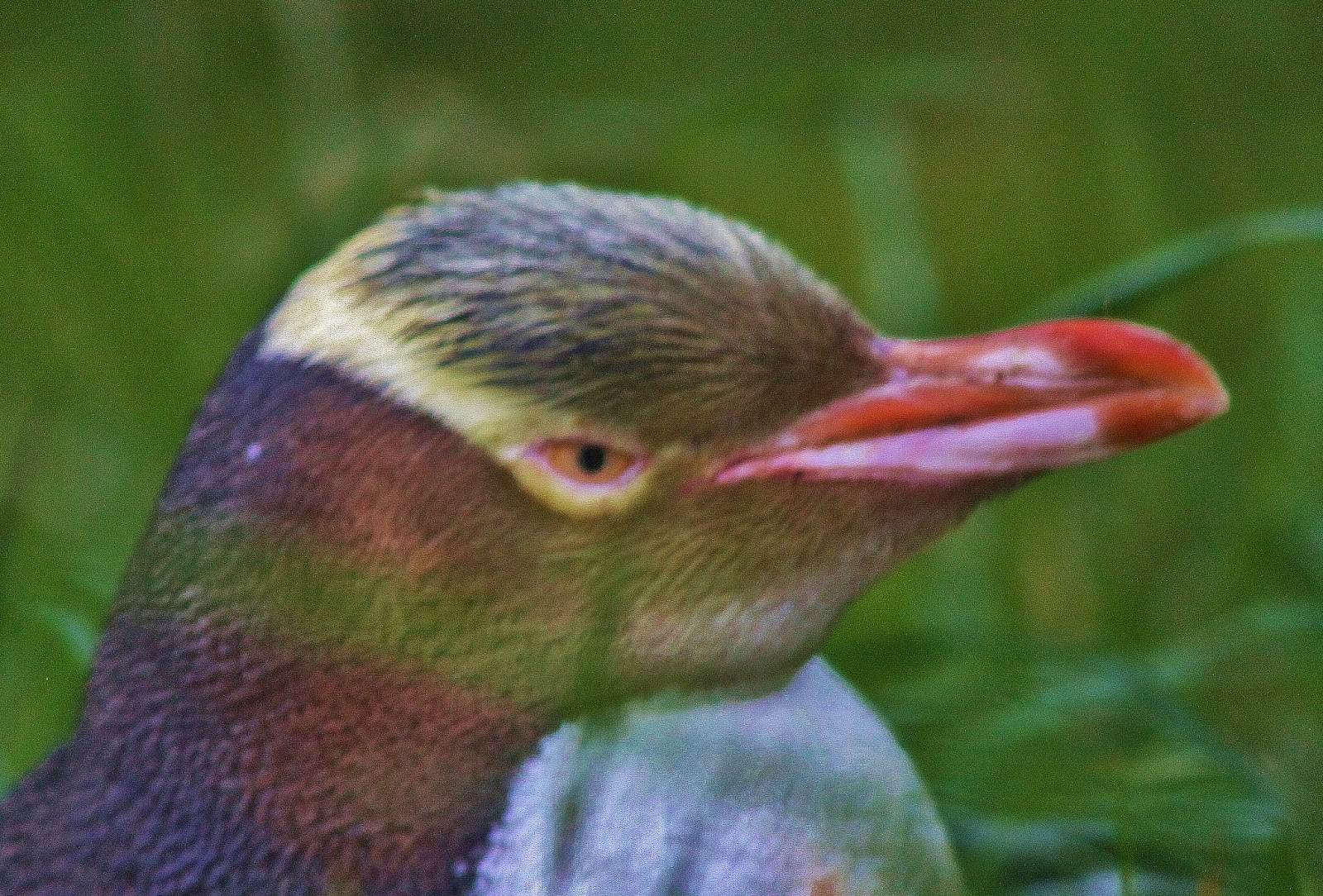December FOG
WINGIN’
IT
By
Kate Crowley
The past week has been
so dreary and gray that not even the birds coming to our feeders could brighten
the mood, especially when the temperatures got into the 40s and all of our snow
turned to puddles and slush. I
desperately needed some cheer and brightness, so I turned to animation. Yes, it
was the Penguins of Madagascar that finally made me smile and feel cheerful
again. My ten year old grandsons were as excited to go as I was. There is no age limit on the need for
laughter.
The overriding theme of
the movie is that everyone loves penguins.
I’d have to agree. How can you not be captivated by these waddling,
tuxedoed lovers of snow and ice? The truth is that not all penguins live in the
Antarctic regions and none live in the Arctic, or as some cartoons would have
us believe - the North Pole. All 17
species of penguins are found only in the Southern Hemisphere, ranging from the
ice shelves of the Antarctic to the Galapagos Islands and many coastal areas of
Africa, South America, New Zealand and Australia. In 2012 my dream of seeing penguins in the
wild came true when Mike and I visited New Zealand and saw both the Little Blue
and the Yellow-Eyed penguins. I shared
that experience in a column in October of that year.
But in thinking about
the penguins and our attraction to them I thought about the other flightless
birds that have existed and why we still consider them birds. Isn’t flight the defining quality of a bird?
And why did some evolve without that ability?
Scientists have been studying this question almost since Darwin
introduced the theory of evolution. Fossil
evidence and DNA studies have shown that the flightless birds descended from
flying ancestors, but that over time, some – due to habitat situations lost the
use of their wings for flight.
Besides penguins, some
of the other better known flightless birds include ostrich, emus, cassowaries,
rheas, and kiwis. Many, many flightless
birds such as the moa of New Zealand, the elephant bird of Madagascar, and the
dodo of Mauritius fall under the category of ‘extinct’, specifically because of
their flightless nature. Most of the
birds that became flightless did so on islands, where predatory mammals and
reptiles were nonexistent.
Flight is extremely
energy intensive and requires energy dense food, plus a larger musculature and
skeletal structure to support flight. If a bird could feed, display for the
opposite sex, defend territories and reproduce without flying, then more energy
could be put toward these other pursuits. Over time, through mutations and
natural selection wings decreased in size and assumed other uses.
For the ostrich, their
wings have shrunk in size, but they have become important for maintaining
balance and to threaten enemies. Their wings
like those of the penguin, still contain the exact same bones as found in the
wings of species that can fly. Penguins
were sea birds and as they became more proficient at diving, any ancestral
wings used for flight would have reduced their mobility underwater. As they slowly evolved into flippers, the
birds were able to swim faster and deeper.
Penguin bones also became denser over time, making them less buoyant for
diving. Diving deeper and longer
increased their access to food resources, which would further reduce their need
for flight. Studies being done today on
other diving birds that can still fly indicate that bigger bodies improve
diving efficiency, which could also explain why there are so many bigger-bodied
penguins today.
One thing
flightlessness has done is create birds that walk, in all sorts of weird ways –
the penguin’s waddle is just one example.
The other common thread running through all of their lives has been the
ease of extermination once humans arrived on their island homes. Either
directly or by importing predatory animals, we have taken a terrible toll on
these unique members of the bird world.
As I look out the
window at a scene that looks more like April than December I am thinking about
stocking up on as many penguin films as possible. The Weather Service is predicting a winter
snowstorm coming our way, but until I see it, you can find me watching cute
penguins frolicking in the snow and ice.




Comments
Post a Comment